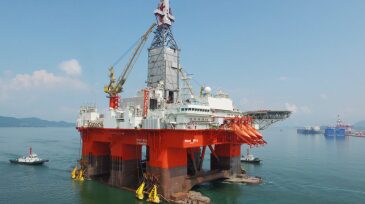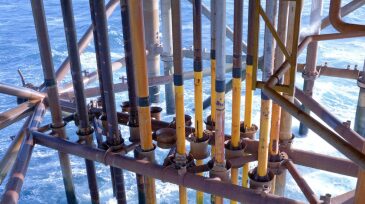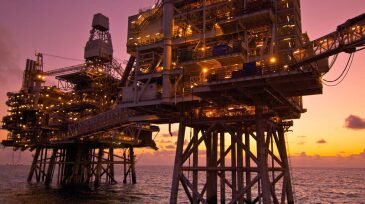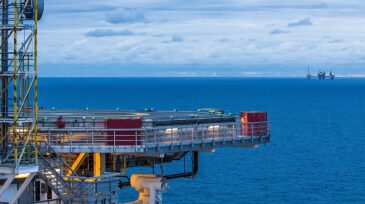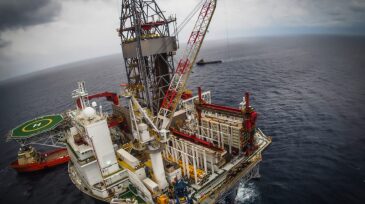North Sea
-
The state-run offshore company has found a gas and condensate field that holds an estimated 250 million BOE.
-
The latest example of the offshore sector's march toward automated wellbore construction will take shape later this year in the North Sea.
-
Subsea inspection/repair/maintenance services have traditionally relied on vessel-based, ROV, or diver operations. In the longer term, identifying significant incremental savings in these operations is not sustainable and an innovative approach deploying digital technologies is being investigated.
-
The deal gives Equinor an additional 7.5% ownership stake in the Njord redevelopment project and associated tiebacks in the Norwegian Sea, and potentially raises Faroe’s value in the midst of a hostile takeover attempt by DNO.
-
Startup comes 8 months after the initial discovery in March, marking the second successful tieback since 2017 to the Beryl Alpha platform in the UK North Sea.
-
An influx of new investment and operational efficiencies borne out of the oil price downturn have led to a drop in projected decommissioning costs. Decommissioning multiple wells in one campaign helped some operators achieve time savings of 33% per well.
-
A deal with the UK-based energy and chemicals company could fetch up to $3 billion for ConocoPhillips, which is transitioning out of the North Sea to focus on US shale operations.
-
The North Sea field, which holds an estimated 300 million BOE in recoverable resources, is now scheduled to start production in early 2020. Operator Equinor said the timeline was based on its assessment of the remaining scope of work on the project.
-
In 2015 and 2016, the Health and Safety Working Group of the North Sea Offshore Authorities Forum discussed common challenges for the oil and gas industry. The challenges related to maintaining and operating aging installations in a low-oil-price environment was selected as a topic for further work.
-
Just 2 months after issuing more than a hundred licenses, the Oil and Gas Authority begins the process again for a whole new set of blocks.


